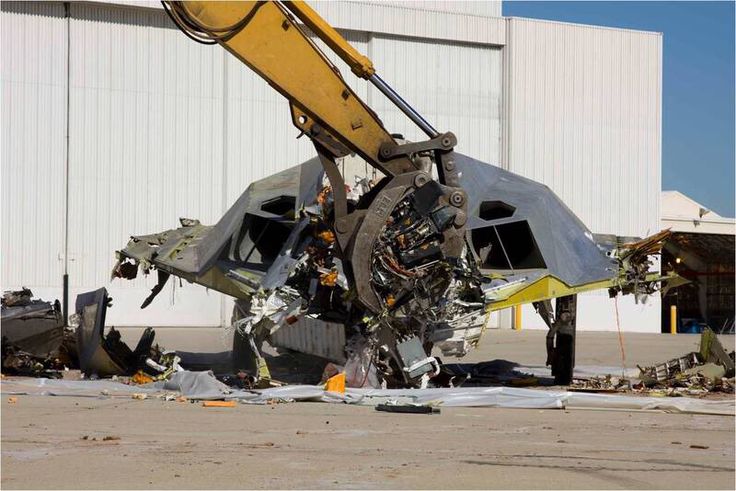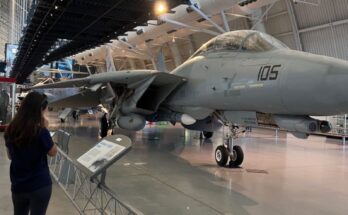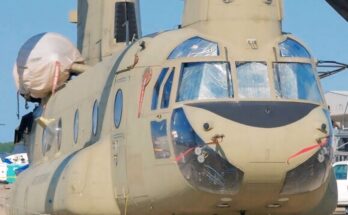
The F-117 Nighthawk is one of the most iconic and mysterious aircraft in aviation history. Developed by Lockheed’s Skunk Works division and introduced in the early 1980s, the F-117 was the world’s first operational stealth aircraft. Designed to evade radar detection, it played a revolutionary role in modern warfare, redefining the concept of air superiority.
At first glance, the F-117 does not resemble a conventional fighter jet. Its sharp, angular shape and faceted surfaces were specifically engineered to scatter radar waves, making it nearly invisible to enemy detection systems. This design was based on groundbreaking research into radar-absorbing materials and low-observable technology. While its unique appearance earned it the nickname “Wobbly Goblin” among pilots, it became a symbol of stealth innovation worldwide.
Unlike traditional fighters, the F-117 was not built for speed or dogfighting. Instead, it specialized in precision strikes. Equipped with advanced navigation systems and guided munitions, the Nighthawk could penetrate heavily defended airspace and deliver bombs with pinpoint accuracy. Its primary mission was to neutralize high-value targets, such as enemy command centers, radar installations, and critical infrastructure.
The F-117 made its combat debut during the U.S. invasion of Panama in 1989 but gained global fame during the Gulf War in 1991. Flying over Iraq, it successfully struck heavily defended sites while avoiding detection from sophisticated radar networks. Over the course of the conflict, the Nighthawk demonstrated the effectiveness of stealth technology and shaped the future of aerial warfare.
Despite its groundbreaking design, the F-117 had limitations. It lacked afterburners, making it slower than other fighters, and carried weapons internally to maintain its stealth profile. Furthermore, its radar-evading shape compromised aerodynamic efficiency, requiring computerized flight controls to keep it stable in the air. These factors meant the aircraft operated exclusively at night, further reducing the risk of visual detection.
After nearly 25 years of service, the F-117 was officially retired in 2008, replaced by more advanced stealth aircraft such as the F-22 Raptor and F-35 Lightning II. However, many F-117s remain in storage, and reports suggest some have been spotted in training exercises even after retirement, sparking speculation about their continued use in limited roles.
The legacy of the F-117 Nighthawk is undeniable. It proved that stealth technology could be operational and effective in combat, influencing the design of future aircraft worldwide. Today, it holds a special place in aviation history—not for speed or firepower, but for innovation and the ability to change the rules of aerial warfare.


